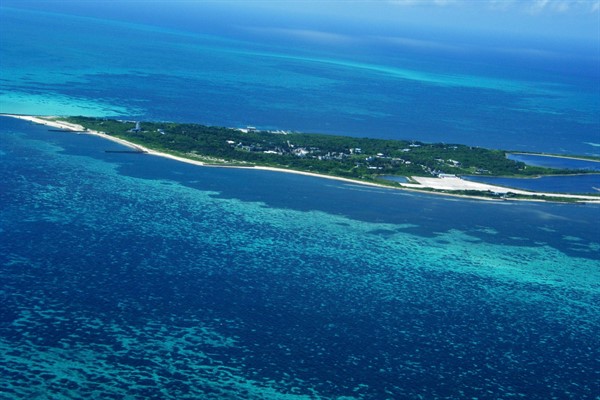Russia’s 2014 annexation of the Crimean Peninsula in Ukraine prompted much international outrage but little meaningful action. President Vladimir Putin was able to forcefully redraw his country’s borders, shrugging off the international sanctions that the United States and European Union imposed in response. Putin’s success augmented “the belief among some that bigger nations can bully smaller ones to get their way,” as U.S. President Barack Obama put it at the time. Given Crimea’s location in a small country—and the complex, often ethnically tinged territorial dispute between Ukraine and Russia—the world was not willing to fight for it.
History may not repeat itself, but it often rhymes; today, a Crimea-like scenario could easily unfold in the South China Sea. In this case, China would be the aggressor, while Taiwan’s Dongsha Islands, which Beijing also claims, are the potential targets. Also known as the Pratas Islands, they have no permanent inhabitants, but they host a detachment of some 500 Taiwanese marines, and are also visited by fishers and researchers. Although the Dongsha are located about 275 miles from Kaohsiung, the municipality in southern Taiwan that administers them, they lie just 170 miles from Hong Kong and are within the city’s airspace, putting them in easy reach of the People’s Liberation Army.
In recent years, Beijing has become more aggressive in the South China Sea, where it maintains expansive maritime claims that are not recognized under international law. On countless occasions, China’s fleet has harassed, intimidated or even rammed into other countries’ ships in this strategic waterway—including naval vessels, fishing trawlers and oil exploration rigs. The PLA has also built military installations atop reefs and rock formations in the disputed Paracel Islands and Spratly Islands.

